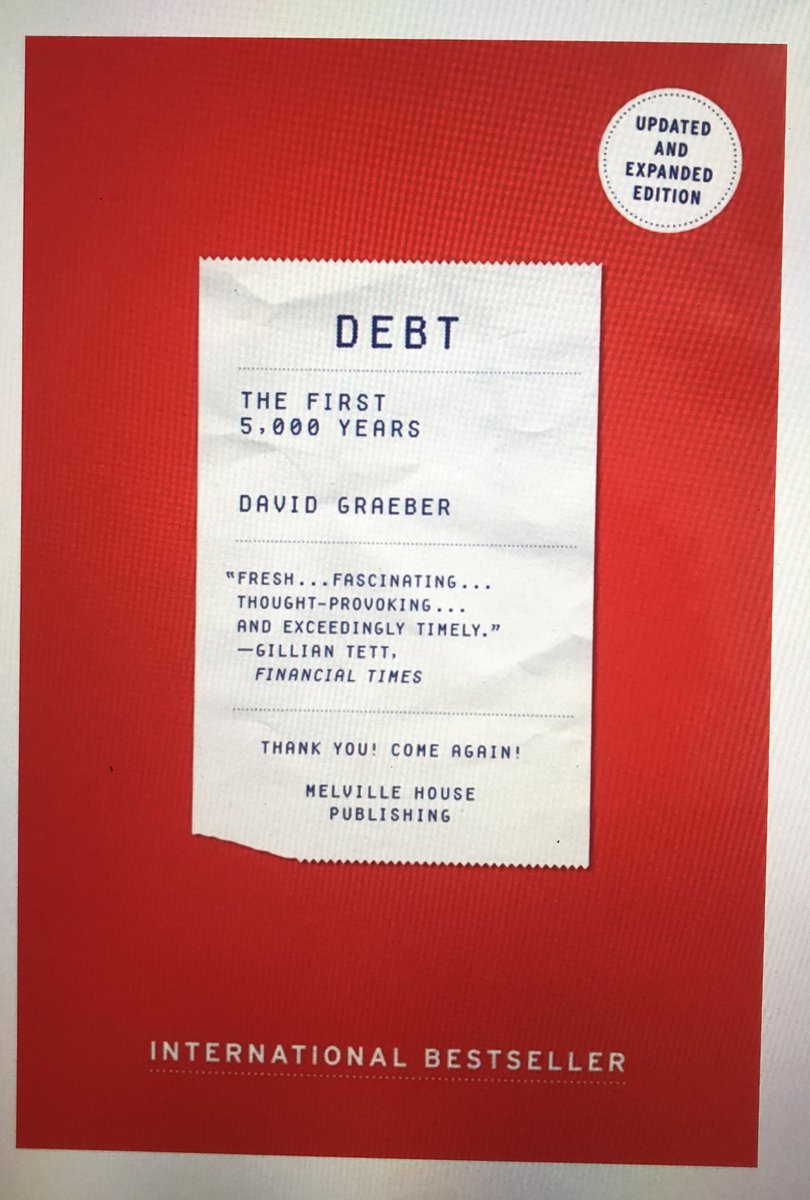I am talking about long-term rate (r), e.g. 10 year treasury, which is not directly determined by the central bank.
I'll explain the "strategic effect" next.
papers.ssrn.com/sol3/papers.cf…
(i) The paper explains the so-called "secular stagnation" without resorting to Keynesian forces like ZLB / price rigidity that are hard to rationalize in the long-run
(ii) Model doesn't rely on any financial frictions, its an MM world






